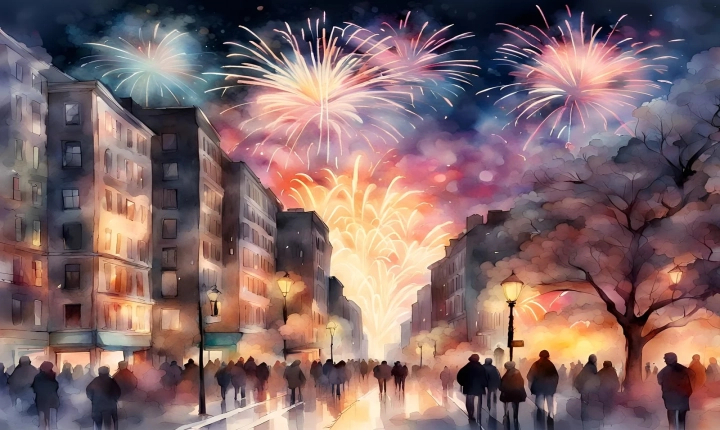Artificial Intelligence (AI) has made significant advancements in the field of image generation, allowing machines to create realistic and captivating visual content. By using sophisticated algorithms and deep learning techniques, AI image generation has revolutionized various industries such as design, advertising, and entertainment. But how does AI image generation actually work?
At the heart of AI image generation is the use of Generative Adversarial Networks (GANs), a type of machine learning framework that consists of two neural networks – a generator and a discriminator. The generator network creates new images based on random input, while the discriminator network evaluates the generated images and distinguishes them from real images. Through a process of iterative refinement, the generator learns to create increasingly realistic images, while the discriminator becomes more adept at distinguishing between real and generated images.
The training process for GANs involves feeding the networks with large datasets of real images, allowing the generator and discriminator to improve their performance over time. As the networks compete against each other, they gradually converge to a point where the generated images are indistinguishable from real ones. This process of adversarial training enables GANs to produce high-quality images with remarkable realism and detail.
In addition to GANs, AI image generation also leverages other deep learning techniques such as convolutional neural networks (CNNs) and recurrent neural networks (RNNs) to enhance the quality and diversity of generated images. CNNs are particularly effective at extracting visual features from input data, enabling the generation of highly detailed and realistic images. RNNs, on the other hand, are used to capture the intrinsic characteristics of image sequences, such as generating sequential frames for video content.
Furthermore, AI image generation can be guided by various types of input, such as text descriptions or sketches, allowing for controlled and targeted image synthesis. This capability is particularly useful in creative applications, where designers and artists can provide specific instructions to the AI system to generate images that align with their vision.
The applications of AI image generation are wide-ranging, spanning from art and design to practical uses in industries like architecture, fashion, and automotive design. AI-generated images can be used for prototyping, concept visualization, and even as a tool for assisting human creatives in generating new ideas and designs.
However, it’s important to note that AI image generation is not without its challenges and limitations. One of the key concerns is the potential for bias in the generated images, as AI systems may inadvertently learn and replicate existing social, cultural, or aesthetic biases present in the training data. Ensuring the ethical and responsible use of AI image generation technology is crucial in addressing these issues.
In conclusion, AI image generation represents a remarkable leap forward in the capabilities of machine learning and computer vision. By harnessing the power of GANs, CNNs, RNNs, and other advanced algorithms, AI systems can create stunning and lifelike images that were once thought to be the exclusive domain of human creativity. As researchers and developers continue to push the boundaries of AI image generation, we can expect to witness even more impressive and influential applications of this transformative technology in the years to come.
